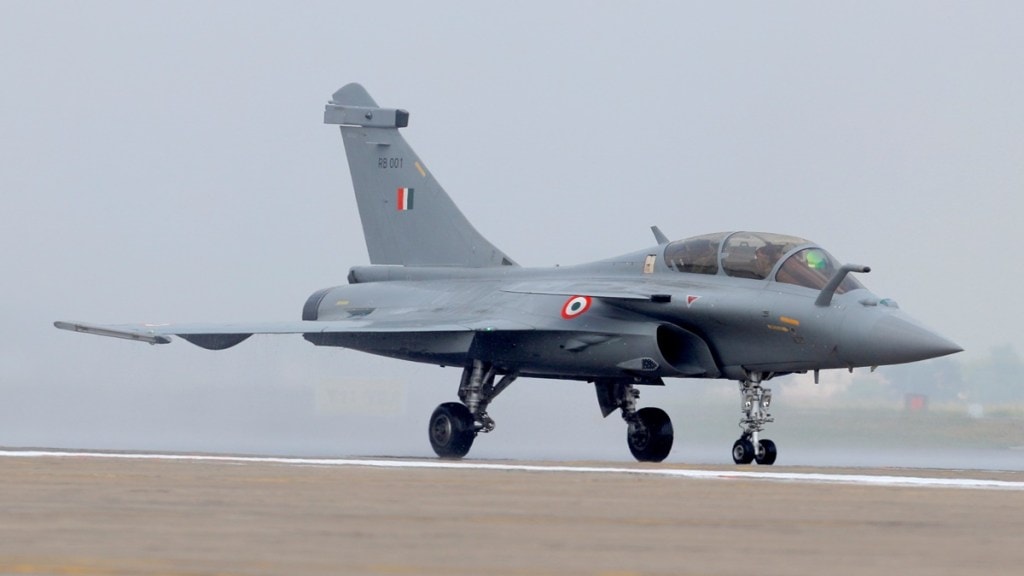Tata Advanced Systems Limited’s (TASL) contract from Dassault Aviation to build fuselages for the Rafale fighter jet exemplifies the progress India has made in establishing a modern aerospace manufacturing ecosystem. Catering to the demanding requirements of global original equipment manufacturers (OEM) in the defence space is a harbinger of possibilities in the not-so-distant future of domestically assembling fighter aircraft. Rafales are almost entirely manufactured in France, barring some non-sensitive imported components. Five components are sourced from Dassault Reliance Aerospace as part of offset obligations when India bought 36 Rafale jets through an inter-governmental agreement (IGA) with France nine years ago. In April, another IGA was inked to procure 26 Rafale-Marine fighter jets—one of the costliest-ever defence deals—that will operate from the Indian Navy’s two aircraft carriers. This is the first time that Rafale fuselages—which is the main body or trunk of an aircraft—will be produced outside France and is intended both for the domestic and global market. TASL will set up a state-of-the-art facility in Hyderabad to deliver two fuselages a month that will roll off the assembly line in FY28.
TASL is no stranger to making fuselages, as it has delivered 300 of these in March for Pilatus Aircraft, a Swiss aerospace company. But the company is more than just a supplier to global OEMs, as it has set up a facility in Vadodara in partnership with Airbus to manufacture C-295 medium-lift tactical transport aircraft for the Indian Air Force. A certain number of aircraft will be purchased in a flyaway condition and the rest will be assembled domestically, the first of which is expected in September 2026. Airbus also inked an agreement with the Tata Group to manufacture the best-selling H125 helicopter from its civilian range. India, in fact, is the sixth location where Airbus will operate its final assembly lines besides France, Germany, US, Canada, and China. The collaborative efforts on the C-295 military aircraft, civilian helicopters and now making fuselages for the Rafale have the potential to propel India into the final assembly of fighter aircraft. Clearly, this is perhaps an idea whose time has come, as there is an enabling ecosystem.
However, there are several imponderables that need to be realistically taken into account. The most important of these pertain to our inability to deliver military projects on time—as was rightly underscored by the chief of the Indian Air Force at a Confederation of Indian Industry business summit. Perhaps he was alluding to Hindustan Aeronautics Ltd’s (HAL) poor track-record in delivering 83 light combat aircraft Tejas Mark 1A, although the contract was signed in 2021. Further progress on deepening Dassault’s footprint in the country is predicated on domestic manufacture of critical components for the M88 engine that powers the Rafale. Safran makes those engines and has a joint venture with HAL specialising in the manufacture of components for LEAP engines for civilian aircraft as well as the M88.
A Make in India initiative to make critical components for the M88 obviously depends on Safran’s willingness to transfer proprietorial technologies to HAL and other potential Indian partners to make single-crystal turbines and advanced cooling systems needed for high performance engines. If that happens, it would indeed be a game-changer for India’s ambitions to be not just supplier of fuselages but also to make the latest fighter aircraft in the country.


